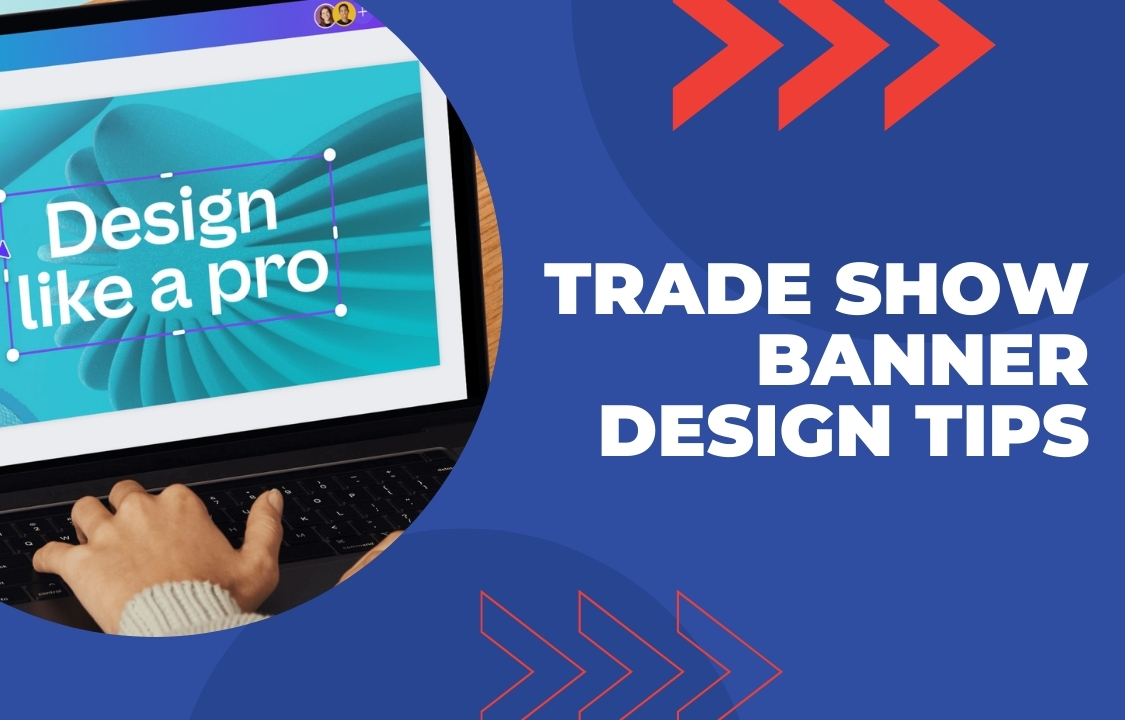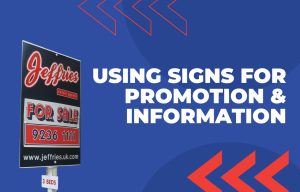
Creating banners and displays for upcoming events and exhibitions can be challenging for newer designers, but it’s important to get your displays right. Banners are used to present valuable information, such as a recent promotion, or improve customer experience by making it clear which company’s booth you are approaching. Well-designed displays are effective when they clearly communicate value and resonate with potential customers.
If you’re about to design your first banner and aren’t sure where to begin, these tips will help you get started.
Use a design tool
A program like Canva is a great option for beginners. It’s simpler than professional software like Adobe Illustrator or InDesign, yet offers all the essential tools to make a professional-looking banner. needed to produce a great-looking banner. You’ll find a wealth of video tutorials on YouTube and Canvas blog to help you get started.
Alternatively, consider working with a professional through our banner stand design service to achieve premium results with the help of an expert. This service may require you to submit artwork in PDF format. For more information on this, check out our guide on how to convert a jpeg to a pdf.
Ensure correct print layout
Determine whether your display needs a printing bleed and find out from your supplier how much bleed area to allow. Keep critical details at eye level and away from the edges for optimal visibility.
Use colour to your advantage
On one hand, you want colours to stand out, but on the other, you don’t want them to be overwhelming. If your logo is blue and white for example, ensure to use those colours throughout to reinforce your branding and achieve a recognisable visual.
Keep the message short
Most potential customers at trade shows will look at your banner quickly but won’t have time to read lengthy copy. Keep your message short and to the point by only including what is valuable. Don’t forget to include your company name/logo and a slogan if appropriate.
Avoid a cluttered look
It is important not to have too many different elements on your banner. A message, a logo and a call to action are all you need to construe all the relevant information. Have a look at the designs on our banners and banner stands for inspiration and to get an idea of what works well.
A picture says 1000 words
A relevant image can capture attention and enhance your message.This could be a product photo, an image of customers using your product, or anything that fits your brand and is relevant to the message. You can find plenty of great free stock photos to use online – check out our blog on how to find great high-resolution photos for free.
Use a call to action
After catching their attention, guide your audience to take the next step through a call to action (CTA). At an event, simple calls such as ‘Come talk to us for more information’ work well. You can also add contact details, a URL, or social media handles to encourage follow-up after the event and build connections.
Design in the correct resolution
If you’re unfamiliar with resolution, the most important thing you need to know is that higher is better. When submitting your design to a company to print, the usual rule is that the design resolution should be in proportion to the scale. You may come across the word DPI. This refers to the number of ink dots per inch when printing. You can find the DPI of an image either using Adobe Photoshop or simply by navigating to your image and selecting ‘properties’.
If your design is a 1:1 scale of the actual banner size it should be set to 100dpi, but if it is 1:4 then it should be set to 400dpi. Learn more about printing on our blog about using advanced Technology for better printing results.
Make it memorable
In a sea of displays, yours needs to make an impression and serve a purpose in order to stand out from the crowd. A catchy slogan, striking image, or unbeatable offer can help your banner stand out and stick in the consumer’s minds once they’ve left.
80% of attendees believe that events are a trustworthy source of information and 87% note that discovering new products and solutions is the most important element. With this in mind, you must get the most out of your trade show presence, and this means creating memorable marketing displays.
Increase your design knowledge
Reading this article is a great start to improving your banner design skills. The internet is full of useful information for you to discover high-quality resources for refining your craft. For more design tips from us, check out our other articles in the ‘Marketing Tips’ or ‘Inspirations’ tab.
Designing an eye-catching and effective banner doesn’t have to be a struggle. With the right tools, a few smart design tips, and a little creativity, you’ll be on your way to creating a display that creates value and makes a lasting impression. Remember, simplicity, colour, and a clear message with a CTA go a long way!




